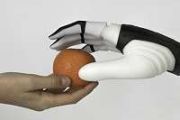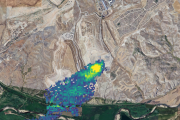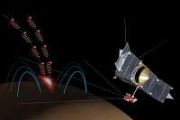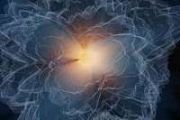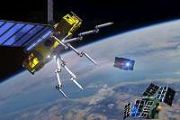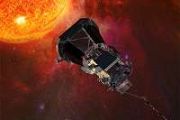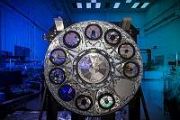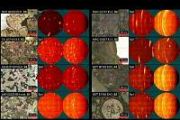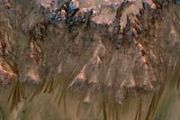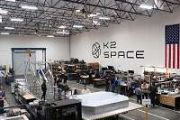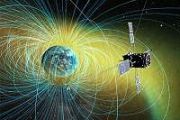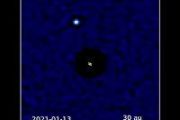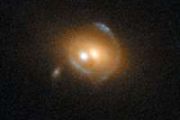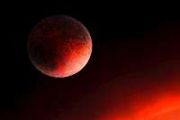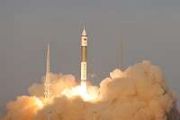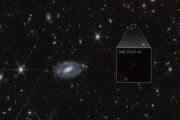
Copernical Team
Operations begin to de-ice Euclid's vision
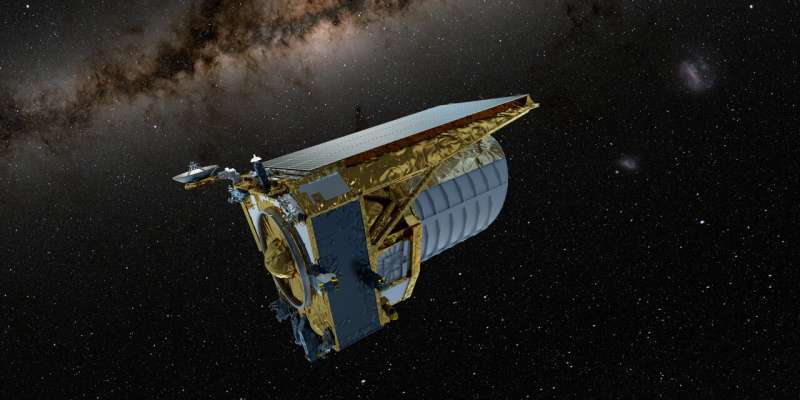
A few layers of water ice—the width of a strand of DNA—are starting to impact Euclid's vision; a common issue for spacecraft in the freezing cold of space, but a potential problem for this highly sensitive mission that requires remarkable precision to investigate the nature of the dark universe.
NASA's Swift temporarily suspends science operations
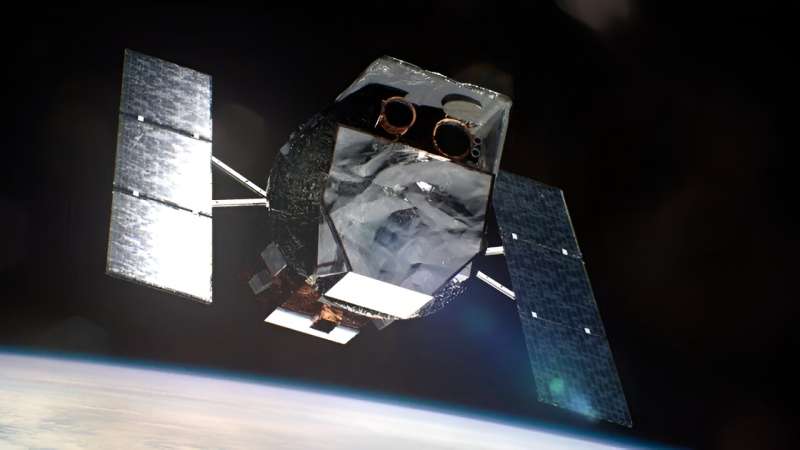
Creeping ice clouding vision of Europe space telescope Euclid
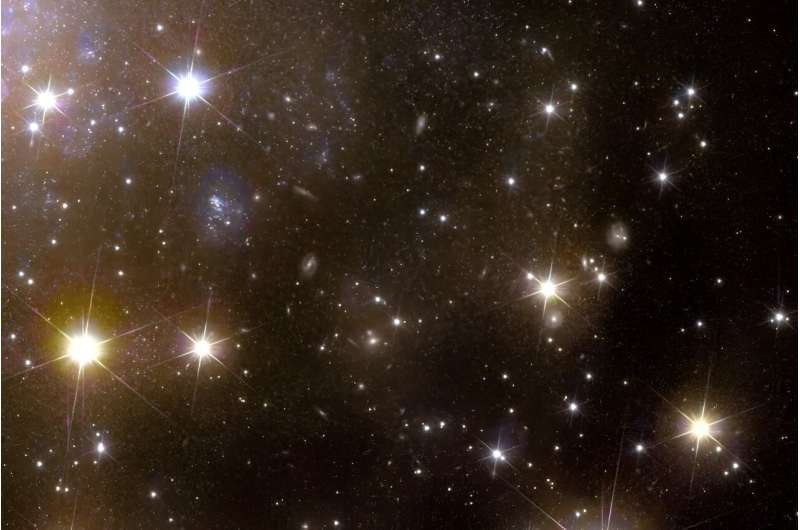
Scientists are trying to melt a thin layer of ice that is increasingly clouding the vision of the "dark universe detective" space telescope Euclid, the European Space Agency said on Tuesday.
It is the latest of several technical setbacks for the wide-eyed telescope, which blasted off into space in July on a mission to chart a third of the sky.
By doing so, the ESA hopes Euclid will reveal out more about the nature of dark matter and dark energy, which are thought to make up 95 percent of the universe but remain shrouded in mystery.
During checks in November, the team on the ground first noticed that they were losing a little light coming into the telescope's visible light imager, Euclid instrument operations scientist Ralf Kohley told AFP.
Microgravity found to cause marked changes in gene expression rhythms in humans
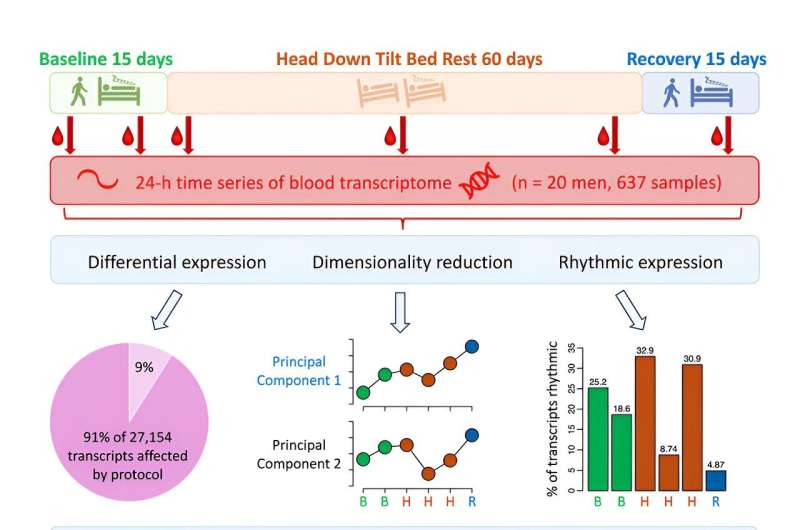
Simulated effects of microgravity, created by 60 days of constant bed rest, severely disrupts rhythmic gene expression in humans, according to a new study from the University of Surrey published in iScience.
Astronauts exposed to microgravity experience changes to physiology, including immune suppression, increased inflammation, and reduced muscle mass and bone density. With the increase in human spaceflight, it is important to understand changes in the molecular mechanisms underlying these changes.
Lead author Professor Simon Archer, Professor of Molecular Biology of Sleep at the University of Surrey, said, "This unique study represents the largest longitudinal dataset of time series gene expression in humans. Human gene expression varies rhythmically over the 24-hour day, and it is important to collect time series data rather than from just single time points to get a full picture of what occurs in the body when exposed to simulated microgravity.
"It also raises questions about the impact of constant bed rest on our bodies as we have identified a dramatic effect on the temporal organization of human gene expression.
Advanced imager ready for installation on IMAP spacecraft
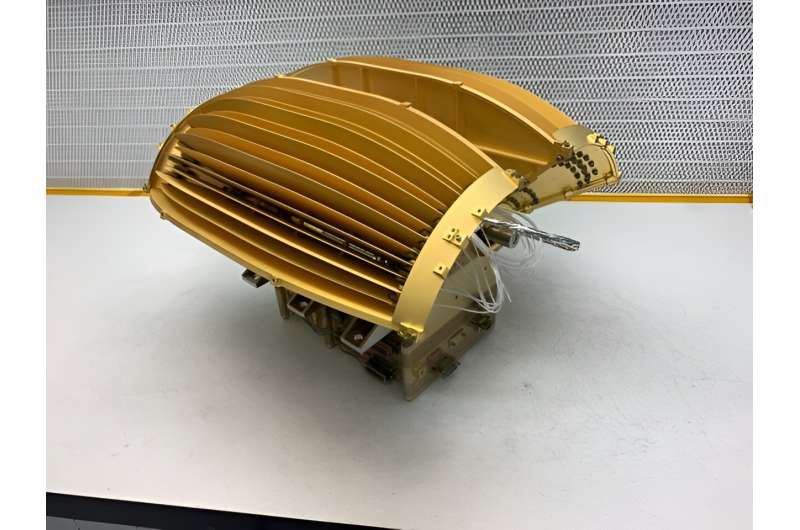
Another of the instruments planned for flight aboard NASA's Interstellar Mapping and Acceleration Probe (IMAP) is ready for installation on the spacecraft.
IMAP-Ultra is a particle imager capable of capturing energetic neutral atoms (ENAs), particularly hydrogen atoms and is the third instrument to be delivered for integration. Engineers will now perform a series of tests to ensure Ultra can properly communicate with the spacecraft before it is fully integrated into the IMAP structure and into the onboard electronics system.
IMAP-Ultra is one of three imagers on IMAP that capture ENAs traveling from the boundary of our solar system. When charged particles from the solar wind reach our outer heliosphere, they interact with interstellar neutral particles and transform into ENAs. ENAs still retain information about the original charged particles, but losing their charge allows them to travel through space unbounded by the sun's magnetic field and eventually reach IMAP.
NASA delivers science instrument to JAXA's Martian Moons mission
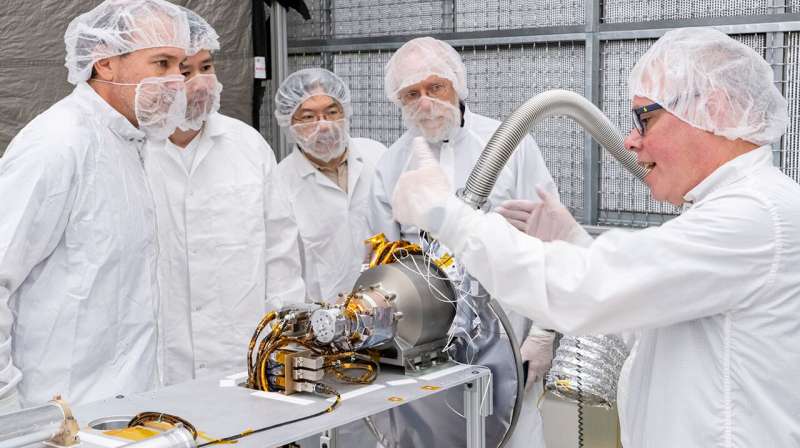
On March 14, NASA handed over its gamma-ray and neutron spectrometer instrument to JAXA (Japan Aerospace Exploration Agency) for integration onto JAXA's MMX (Martian Moons eXploration) mission spacecraft and final system-level testing.
NASA's Mars-moon Exploration with Gamma Ray and Neutrons (MEGANE) instrument, developed by the Johns Hopkins Applied Physics Laboratory (APL) in Laurel, Maryland, in collaboration with colleagues from Lawrence Livermore National Laboratory (LLNL) in California, will play a major role in the MMX mission, which aims to characterize and determine the origin of Mars' moons Phobos and Deimos and deliver a sample from Phobos to Earth.
Scientists suspect the asteroid-sized bodies either are remnants of an ancient collision between Mars and a large impactor or are themselves asteroids captured by Mars' gravity.
Artist's view of the Ariane 6 flight model-1
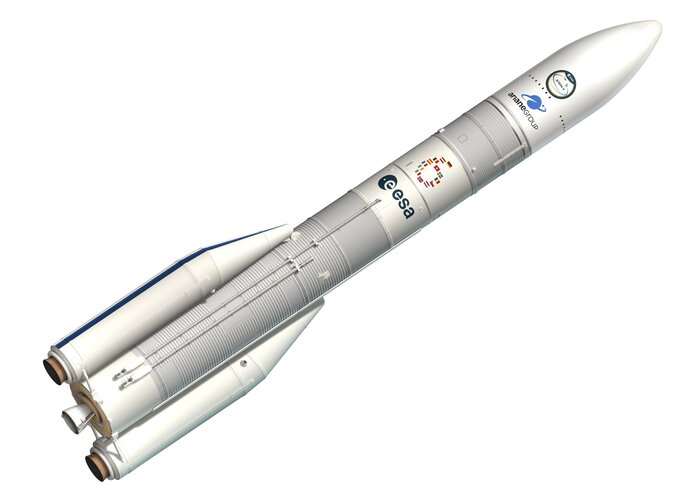 Image:
Artist's view of the Ariane 6 flight model-1
Image:
Artist's view of the Ariane 6 flight model-1 ESA kicks off two new navigation missions
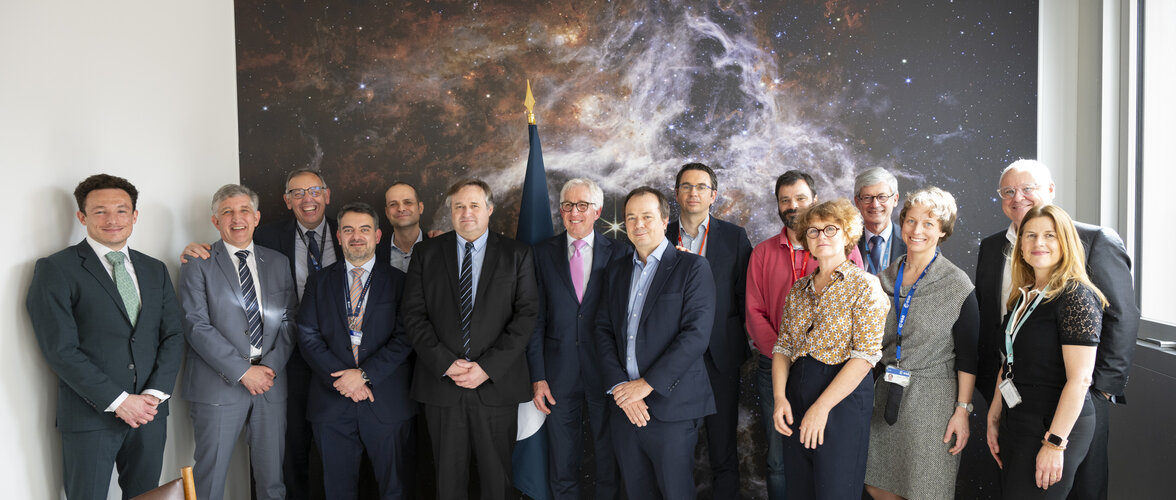
ESA has signed contracts with several European companies for an overall amount of € 233 million to develop Genesis and a LEO-PNT demonstrator, two new missions within the FutureNAV programme that will keep Europe at the forefront of satellite navigation worldwide.
Ellipspace to Unveil Comprehensive Satellite Network by 2027
 Ellipspace, a pioneering Beijing-based satellite firm, is on track to create a comprehensive satellite network, dubbed Starpool, aimed at enhancing capabilities across various sectors, including emergency services and infrastructure monitoring. The network, poised for completion in 2027, will comprise over 100 satellites, significantly advancing global satellite services.
Di Fengping, Elli
Ellipspace, a pioneering Beijing-based satellite firm, is on track to create a comprehensive satellite network, dubbed Starpool, aimed at enhancing capabilities across various sectors, including emergency services and infrastructure monitoring. The network, poised for completion in 2027, will comprise over 100 satellites, significantly advancing global satellite services.
Di Fengping, Elli Hughes' JUPITER 3 Satellite Revolutionizes Connectivity Across the Americas
 Hughes Network Systems, LLC (HUGHES), a subsidiary of EchoStar Corporation (Nasdaq: SATS), has officially announced the commencement of services by its JUPITER 3 satellite to customers in various countries including the United States, Canada, Mexico, Brazil, Peru, Ecuador, Argentina, and Colombia. Launched in July 2023, JUPITER 3 reached its designated orbit at the 95 West slot swiftly and was s
Hughes Network Systems, LLC (HUGHES), a subsidiary of EchoStar Corporation (Nasdaq: SATS), has officially announced the commencement of services by its JUPITER 3 satellite to customers in various countries including the United States, Canada, Mexico, Brazil, Peru, Ecuador, Argentina, and Colombia. Launched in July 2023, JUPITER 3 reached its designated orbit at the 95 West slot swiftly and was s 








